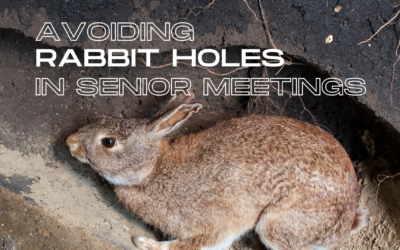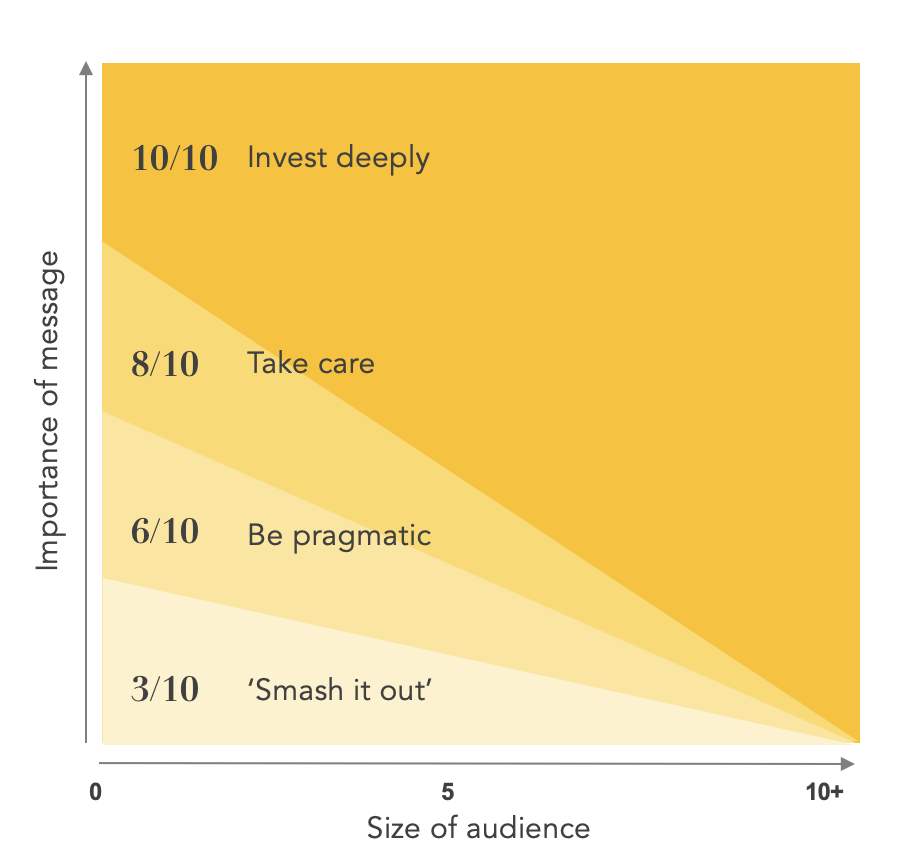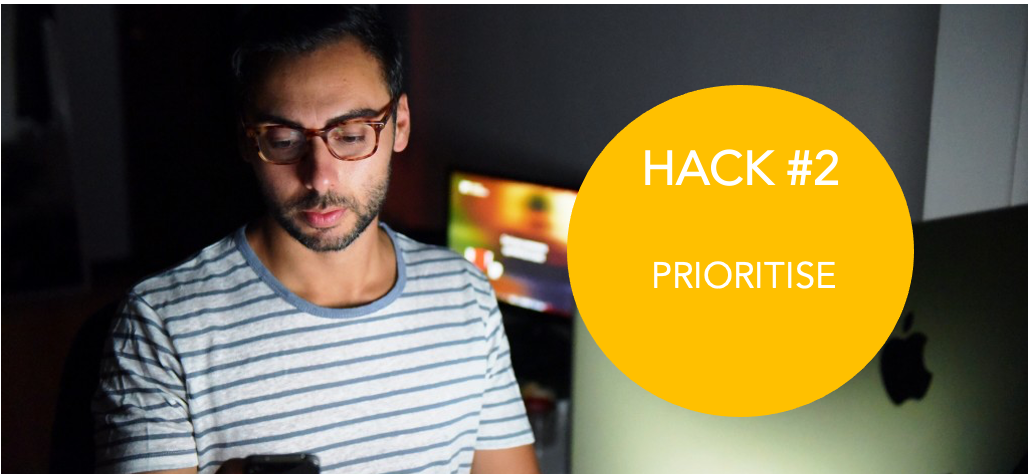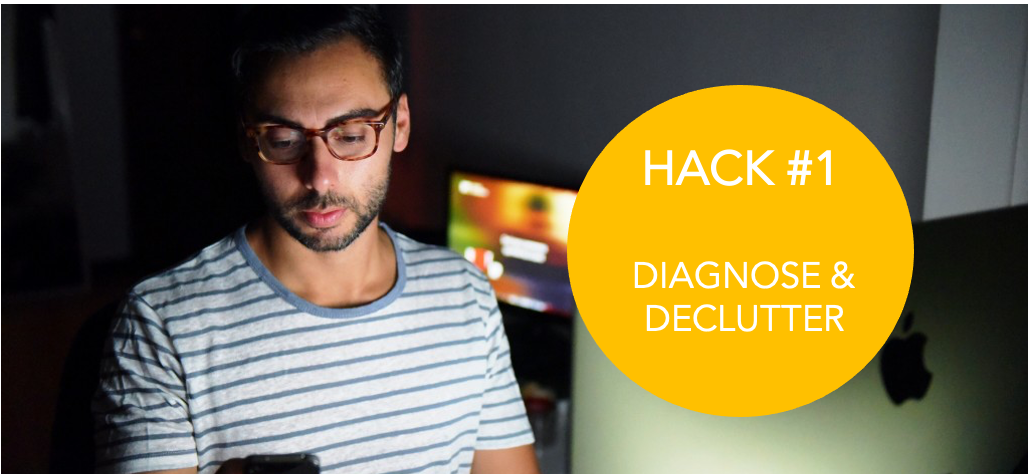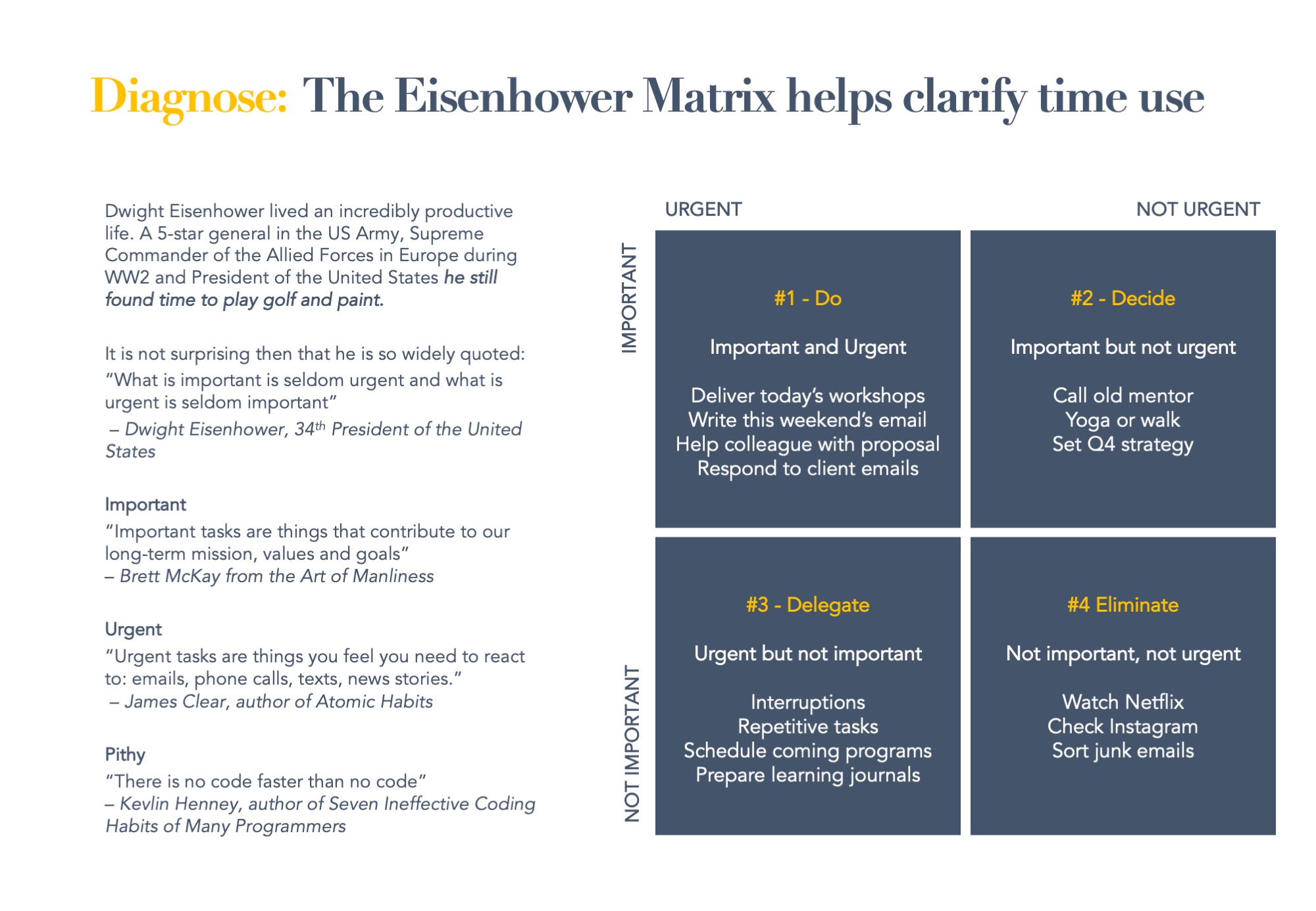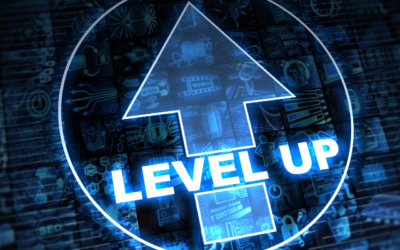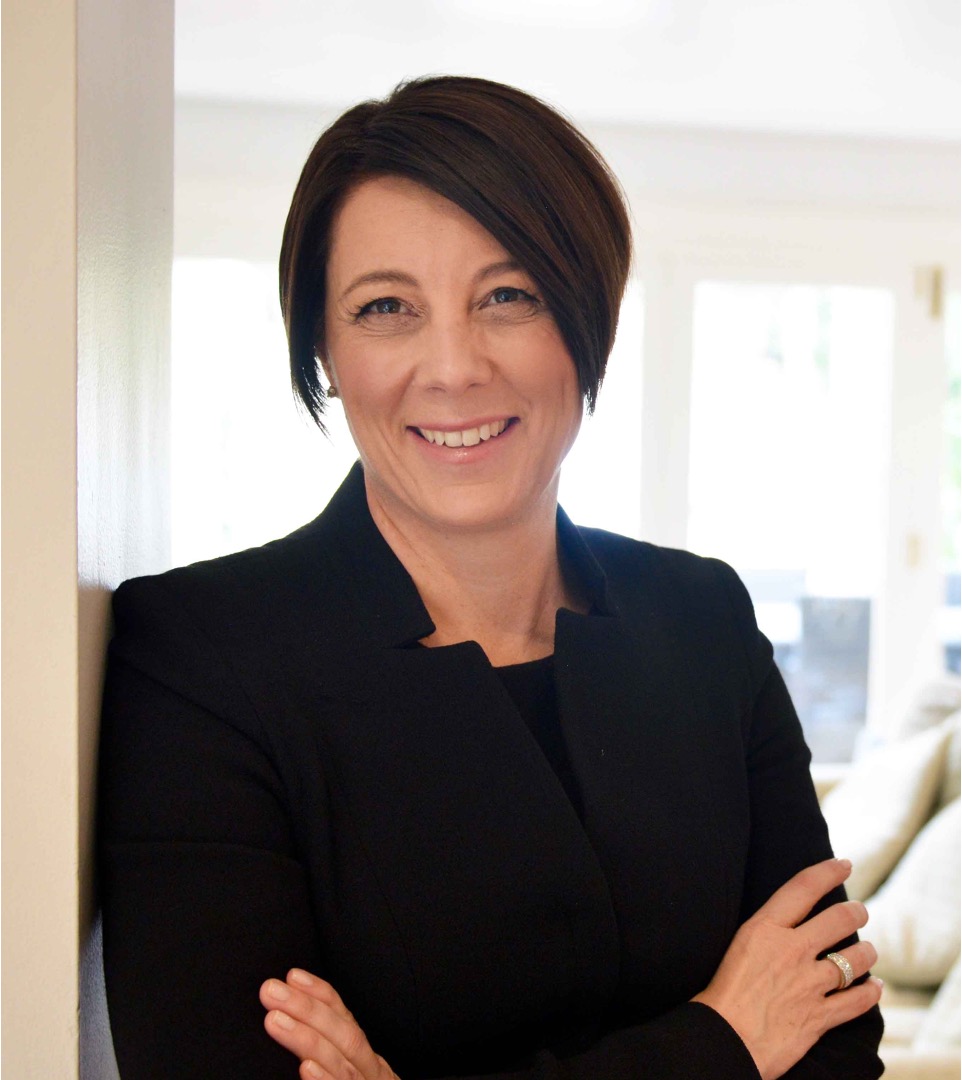Most of us review communication for colleagues....

Want a 25+% cut in the time it takes to prepare major papers?
Want to cut the number of times your manager reviews your papers by 25+ percent?
Even better, cut the amount of time it takes you to draft and then edit your papers by a similar amount?
I hear both executives and their managers complain that they spend too much time on papers.
Here is an image demonstrating how this works.

xecutives complain they don’t get great briefings, and so struggle to know what they need to communicate about.
They then throw everything at the paper so nothing is left out before sending to their manager for review.
Their manager takes one look and parks it for later. The paper looks heavy and they need to block some proper thinking time to review it.
I think you know what happens then?
The clock ticks and the paper sits in their inbox until really close to the due date.
And then, late at night or on the weekend, your manager opens it and starts work.
The only way they can get a handle on the material is to start with the things they can see: the minutiae. They fix typos, details and grammaticals as a way to work into the substance.
By the time they have done this, the whole thing has been reworked.
However, there is a way out of this.
My clients regularly cut the amount of time they spend preparing and reviewing papers by 25 percent or more.
Explore the Board Paper Bootcamp to learn with me as part of a live cohort, or explore my online courses via the main menu on this site.
Warm regards,
Davina
RELATED POSTS
When to avoid reviewing other people's papers and presentations
How to be human when communicating with senior leaders
A couple of situations this week reminded me of...
How to deliver better board and SLT papers more quickly
TLDR ..... 1. Thank you for the LinkedIn...
Is your paper really for noting?
Hello Davina, TLDR .....1. Thank you for the...
How to keep your board on topic
How to keep your board on topic Has this...
How to build trust with senior leaders
TLDR: The answer is to provide less information...

PRESENTED BY DAVINA STANLEY
I love what I do.
I help senior leaders and their teams prepare high-quality papers and presentations in a fraction of the time.
This involves 'nailing' the message that will quickly engage decision makers in the required outcome.
I leverage 25+ years' experience including
- learning structured thinking techniques at McKinsey in Hong Kong in the mid 1990s before coaching and training their teams globally as a freelancer for a further 15 years
- being approved to teach the Pyramid Principle by Barbara Minto in 2009
- helping CEOs, C-suite leaders and their reports deeply understand their stakeholder needs and communicate accordingly
- seeing leaders cut the number of times they review major papers by ~30% and teams cut the amount of time they take to prepare major papers by ~20%*
- watching senior meetings focus on substantive discussions and better decisions rather than trying to clarify the issue
My approach helps anyone who needs to engage senior leaders and Boards.
Recent clients include 7Eleven, KPMG, Mercer, Meta, Woolworths.
Learn more at www.clarityfirstprogram.com
(*) Numbers are based on 2023 client benchmarking results.





